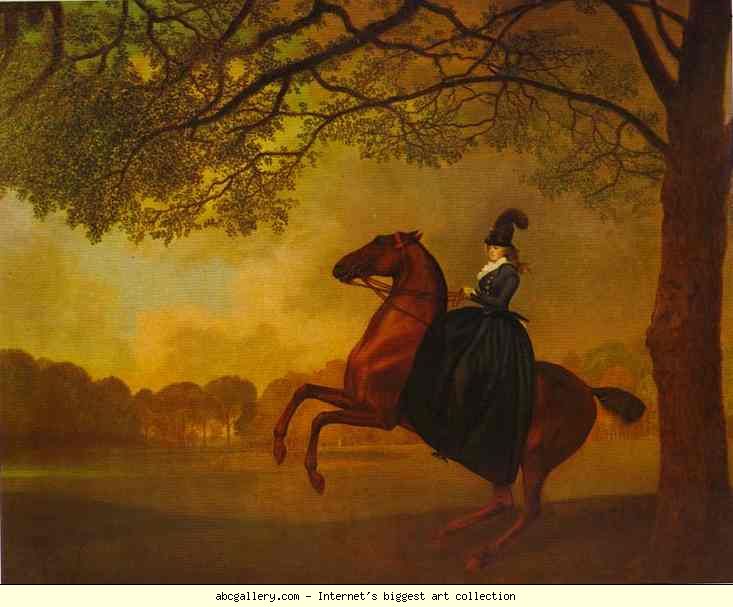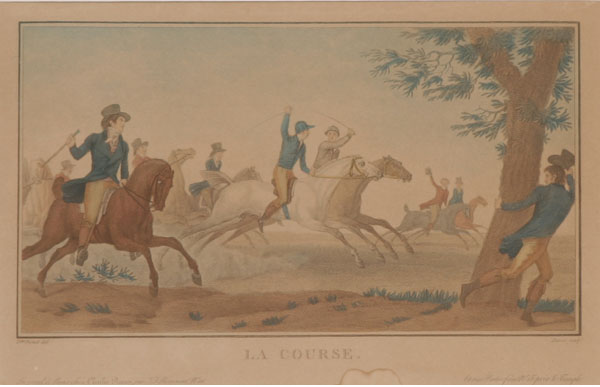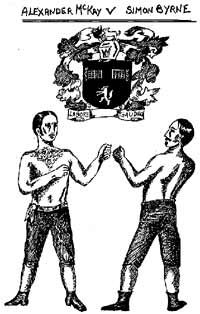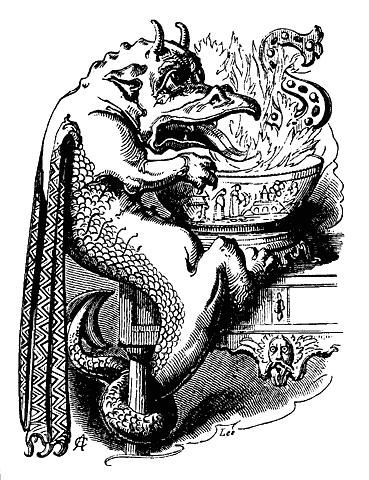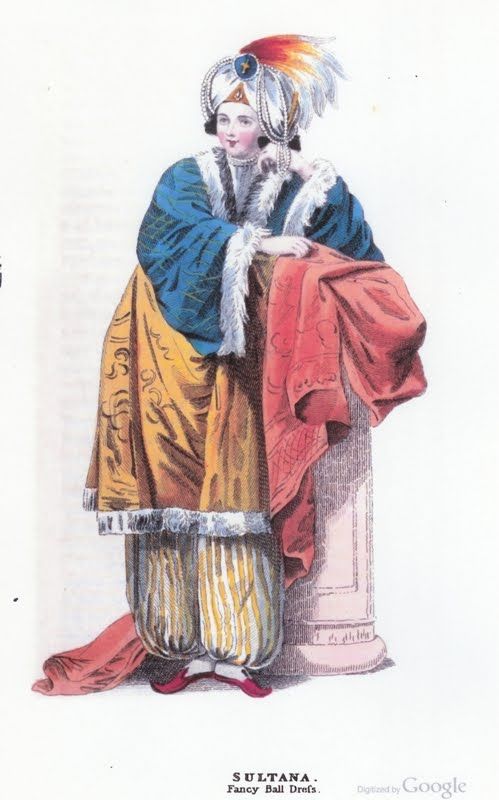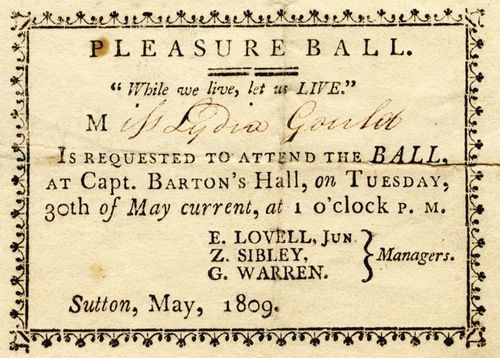Rotten Row
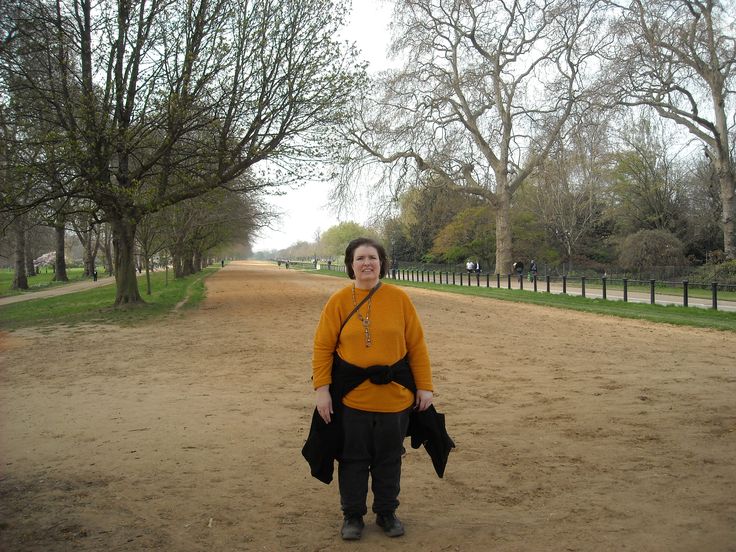
Rotten Row, where Jeremy Keane first meets Tristan in How the Scoundrel Seduces, was the favorite place for members of high society to ride, to see and be seen. I’d heard about it for years, so I was surprised when I visited Hyde Park a few years ago to find it nothing more than a dirt track stretching down the south end. It now serves as a place where horseback riders can exercise their mounts, but apparently isn’t used much even for that. According to the plaque on the site, it’s “the first lamp-lit road in the Kingdom,” which isn’t surprising, considering its connection to royalty. And speaking of royalty, that’s why it’s called “Rotten Row.” It’s a corruption of the French words for King’s Road—Rue de Roi.


